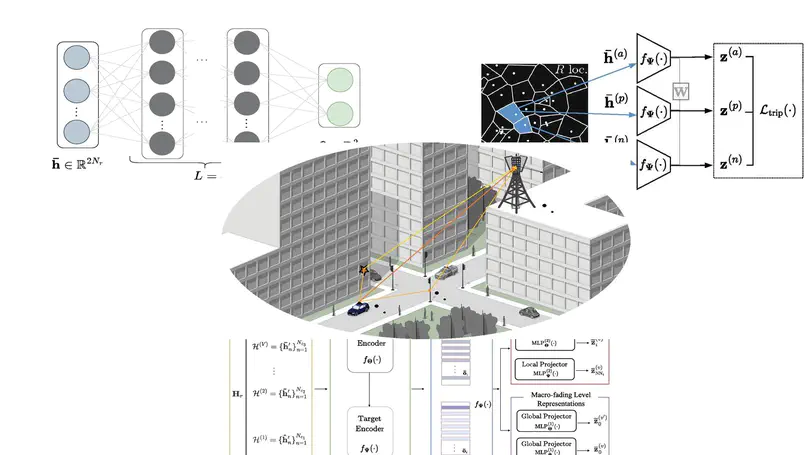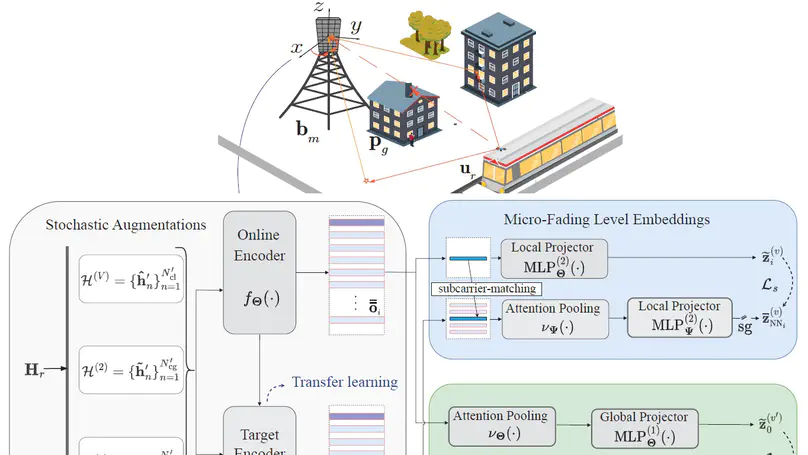Artan Salihu
PhD | Staff Data Scientist
About
I develop machine learning systems that transform how we process and interpret wireless and health-related data — from self-supervised models for high-dimensional diagnostic signals to deep learning architectures for next-generation communication systems. My work combines statistical signal processing, self-supervised learning, and large-scale data modeling to advance technologies in areas like 6G and AI for health.
I hold a Ph.D. in Electrical Engineering from TU Wien (Vienna University of Technology), where I specialized in self-supervised learning, wireless localization, and scenario modeling. Previously, I earned an M.Sc. from the School of Computing and Information at the University of Pittsburgh, specializing in advanced computational methods, networks, and time-series data in telecommunications.
My core interests include machine learning, self-learning systems, localization, sensing, AI for health, and information and communication theory. I welcome collaborations in research, teaching, consulting, and applied innovation.
Featured Publications

In this chapter you can find an overview of several data-driven techniques for feature learning of radio-frequency (RF) signals. From shallow dimensionality reduction to deep metric learning and self-supervised learning, we discuss different approaches to leveraging channel estimates for wireless localization.

We propose a self-supervised method that learns general-purpose channel features from unlabeled data without relying on contrastive CSI estimates. Furthermore, we investigate varying Transformer attention settings to leverage antenna and subcarrier diversity.

We show that the whole estimated channel can be fed into the transformer block as a set of subcarriers. Without vectorizing the input, using recurrence, standard convolution operators, or fusion, attention can serve as an adaptive filter for resilient CSI.

The fronthaul overhead issue in distributed RAN for 5G and 6G is addressed in a learning-based approach based on extreme value theory.









